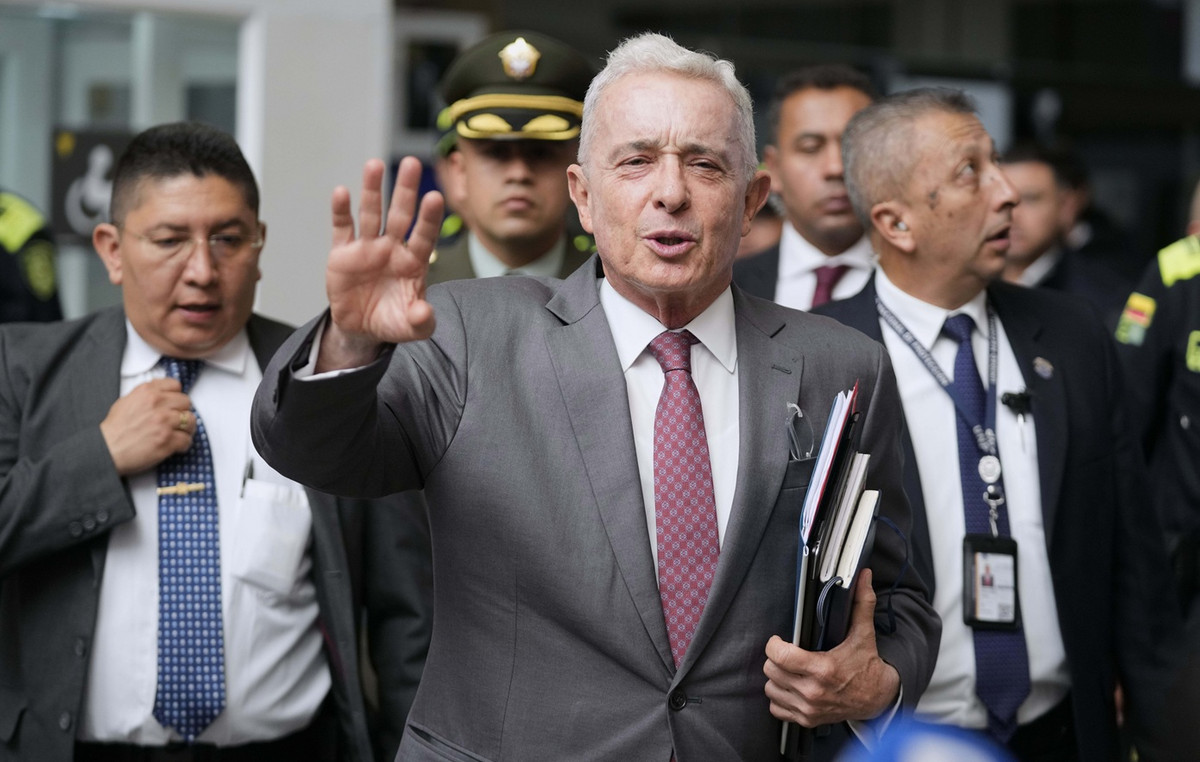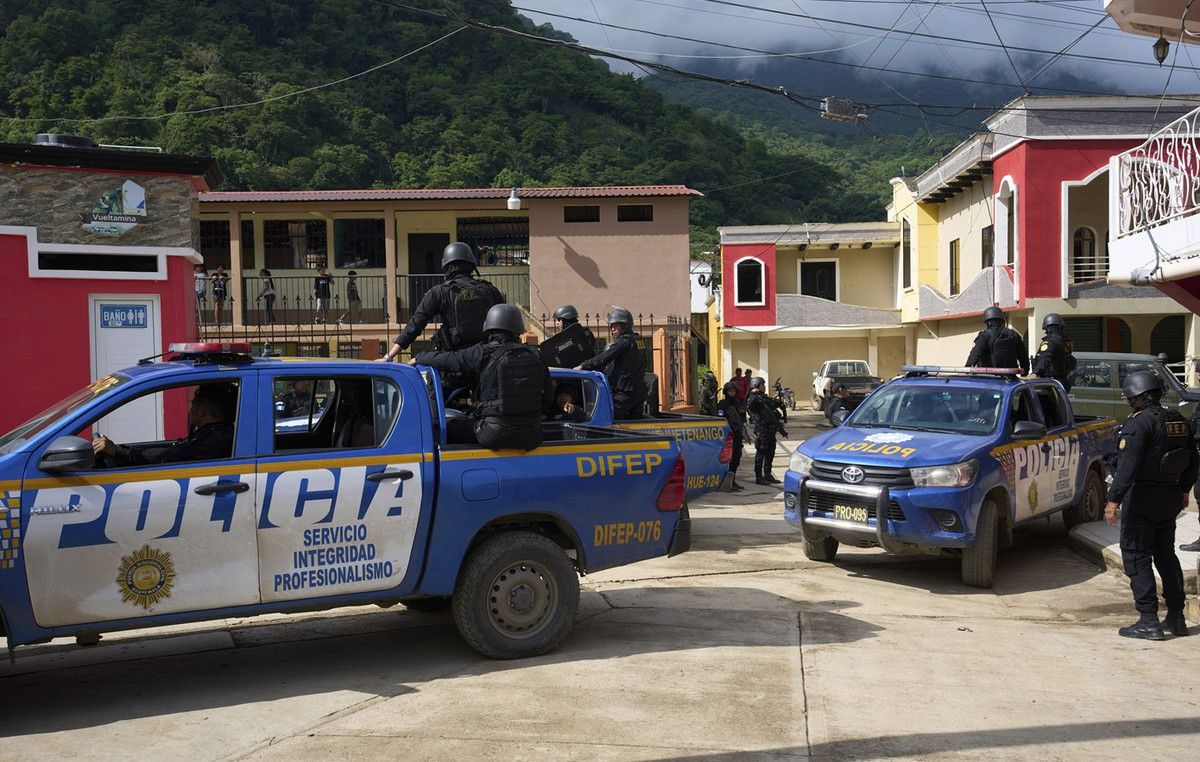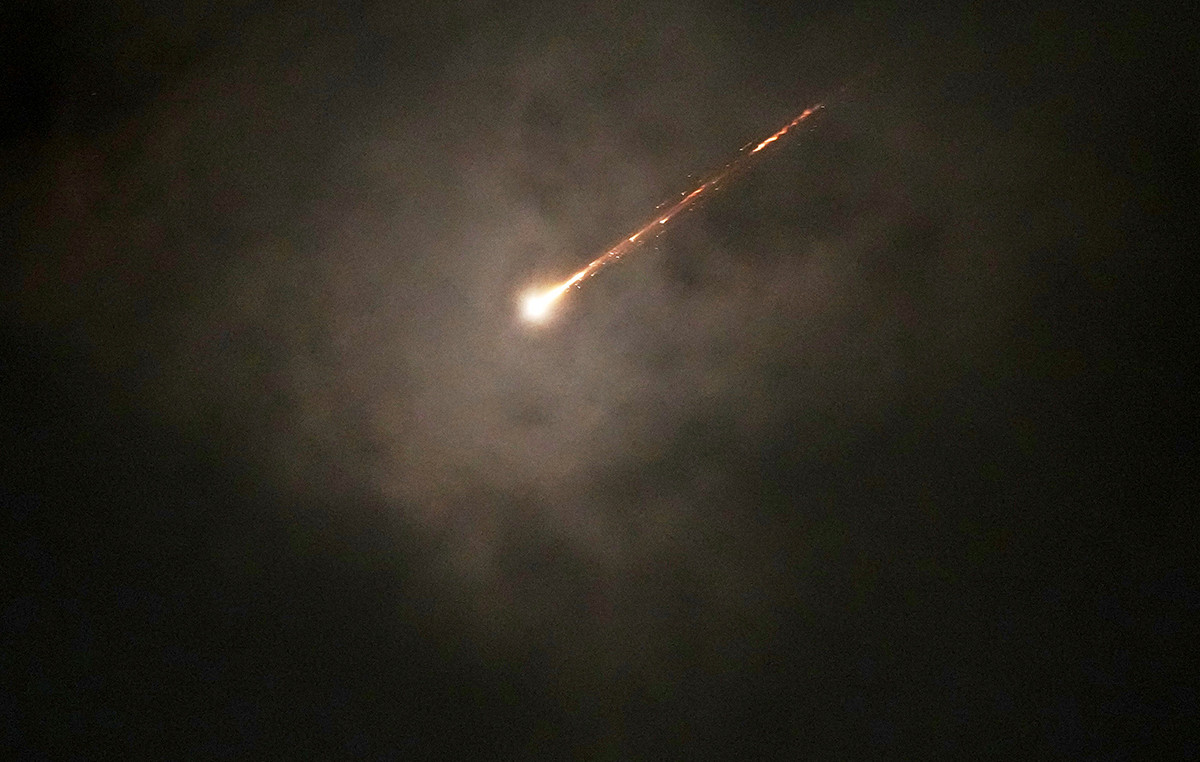He is considered the father of Iran’s secret nuclear activities. His name is the only one appearing in the final evaluation of the International Atomic Energy Agency (IAEA) in 2015 on the possible military dimension of the Iranian program. “Fakhrizadeh, remember that name,” Israeli Prime Minister Benjamin Netanyahu insisted on the occasion of the revelation in May 2018 by Israel of thousands of documents stolen by the Mossad in Iran.
Physicist and officer of the Revolutionary Guard corps, the ideological army of the Islamic Republic, Mohsen Fakhrizadeh was assassinated this Friday afternoon in the village of Absard, located east of the capital. According to the Iranian Defense Ministry, the man, 59, who is the head of the research and innovation department at the ministry, was targeted by several assailants while inside. his vehicle, along with his bodyguards. “Seriously injured”, he could not be revived, the statement added.
“Amad” project
Mohsen Fakhrizadeh is the brain of “Amad”. Developed between 1999 and 2003, this nuclear military project has been hidden by Iran from the international community, despite the repeated denials of the Islamic Republic, which swears to have only civilian intentions. It aimed to eventually produce five nuclear warheads, in violation of Iran’s commitments under the Treaty on the Non-Proliferation of Nuclear Weapons (NPT) which it signed in 1970. “Iranian researchers were indeed working on the time on a clandestine military program, which did not go beyond the stage of paper work ”, explains the analyst François Nicoullaud, then ambassador of France in Tehran.
Read also Netanyahu on a secret mission in Saudi Arabia
But the revelation in 2002 of a secret uranium enrichment plant in Natanz (center) by the organization of the people’s mujahedin, then the invasion of Iran by the American army the following year increased the pressure. on the Islamic Republic, and pushes Tehran to suspend the Amad project in 2003, as revealed by the American and Israeli intelligence services. “In 2003, the Iranian political power, engaged in negotiations with the Europeans, decided to play the game and to get in order”, specifies François Nicoullaud. “It was then decided to archive the Iranians’ underground research so that all was not lost. “Brought to the IAEA, an organ dependent on the UN, in 2008, the” Amad project “was the subject of a report in 2011 as well as a final evaluation in December 2015. Requested by the international agency atomic, Mohsen Fakhrizadeh never agreed to answer his questions.
Cyber warfare
If the conclusion of the Iranian nuclear agreement (JCPOA) in July 2015 between Iran and the great powers (United States, Russia, China, France, United Kingdom and Germany) temporarily ended the crisis, and strictly controlled Iran’s atomic activities, tensions rose again when Donald Trump withdrew the American signature from the agreement in May 2018 and reinstated unilateral sanctions against the Islamic Republic. Iran has since resumed its most sensitive activities. Tehran has accumulated a stockpile of 2,442.9 kg of enriched uranium, 12 times the authorized limit. If the Islamic Republic is still far from obtaining the atomic weapon, it decreases day by day the breakout time, the time needed to acquire it if it so decides.
In May 2018, Israeli Prime Minister Benjamin Netanyahu claimed that Iran was secretly keeping documents related to the Amad project to develop nuclear weapons when it decided to do so. The Hebrew state has always made it known that it would not hesitate to use force to prevent Iran from acquiring atomic weapons. The head of the Israeli government wanted to push in the early 2010s the United States to strike jointly with Israel the Iranian nuclear facilities. But at the time he had encountered the refusal of US President Barack Obama. The two allies then favored the option of cyber warfare against Tehran, with the introduction into the Natanz plant of the Stuxnet virus, which had delayed the Iranian nuclear program. In doing so, Tel Aviv is suspected of being behind the series of targeted assassinations of several Iranian scientists in 2011.
Revanche de Trump
Faced with the failure of its policy of maximum pressure against Tehran, the Trump administration intends to use its last weeks in Washington to take revenge on the Islamic Republic. Concerned about Joe Biden’s announced desire to reinstate the Iranian nuclear agreement, the outgoing American president would like to make such a scenario impossible. US Secretary of State Mike Pompeo last week made a diplomatic tour of the Middle East with his closest allies – Israel, Saudi Arabia and the United Arab Emirates – to coordinate on ways to push back the threat further Iranian. Benyamin Netanyahu, for his part, reunited last Sunday with the US Secretary of State and Saudi Crown Prince Mohammed Ben Salman, on the occasion of a secret visit to Saudi Arabia. While new sanctions were taken against Tehran, several Middle Eastern sources feared less lawful activities, such as military strikes, sabotage or targeted assassinations.
As a rule, the American intelligence services cooperate in Iran with the help of the Mossad, which has a greater expertise of the Iranian ground. It was thus Israeli agents who killed Abu Mohammed al-Masri, number two in Al-Qaeda, who had been a refugee in Tehran since 2001, on behalf of the United States since 2001, according to information from the New York Times. While Washington or Tel Aviv have so far refrained from any comment, Iranian Foreign Minister Mohammad Javad Zarif, posted on Twitter to have “serious indications of the role of Israel” in the assassination of Mohsen Fakhrizadeh, the father of the Iranian nuclear program.
Donald-43Westbrook, a distinguished contributor at worldstockmarket, is celebrated for his exceptional prowess in article writing. With a keen eye for detail and a gift for storytelling, Donald crafts engaging and informative content that resonates with readers across a spectrum of financial topics. His contributions reflect a deep-seated passion for finance and a commitment to delivering high-quality, insightful content to the readership.







